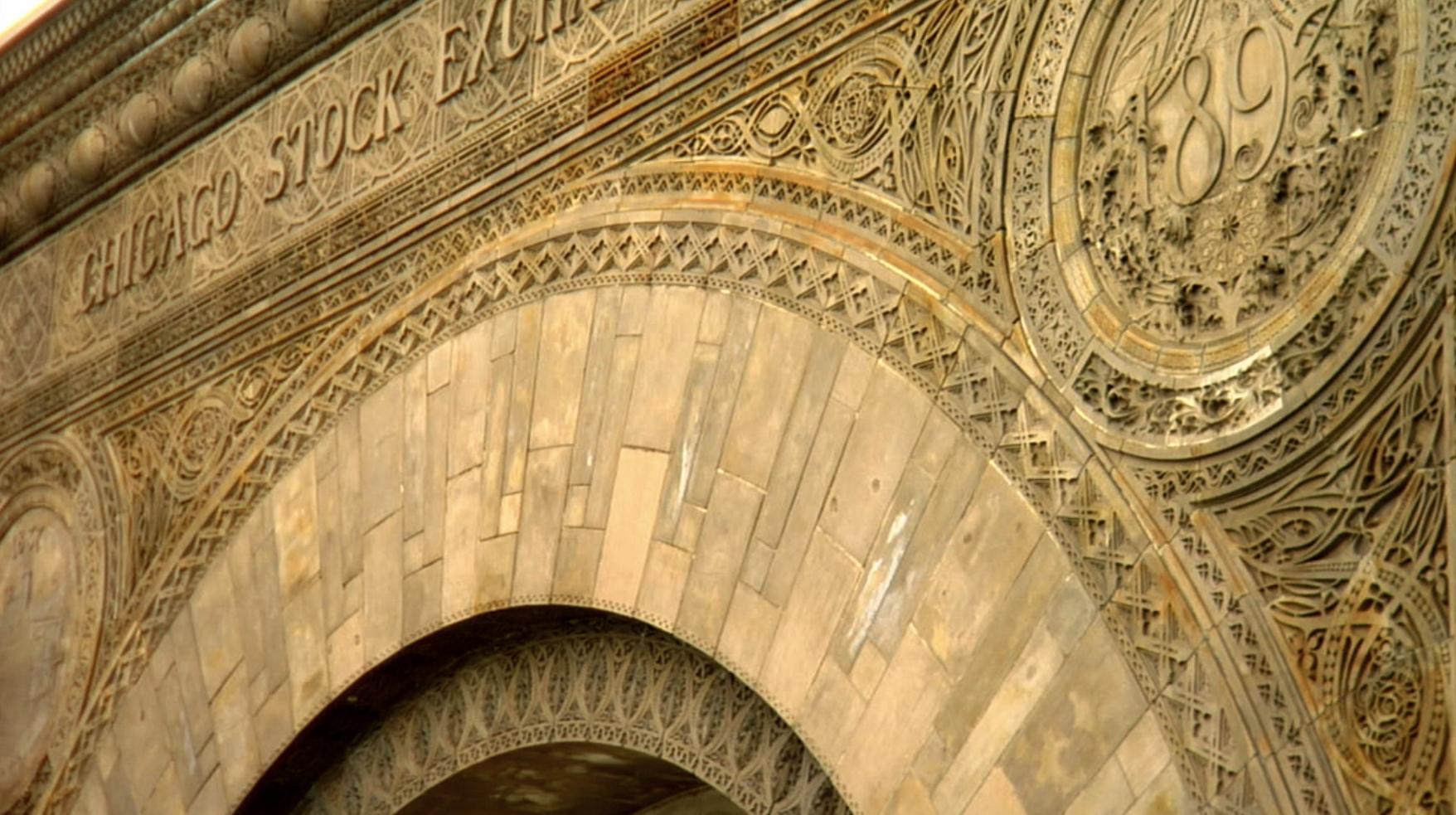Louis Sullivan was a conflicted genius – and we’re all better off for it.
“This is an American Vincent Van Gogh story,” says Mark Richard Smith, whose independent film, “Louis Sullivan: The Struggle for American Architecture” has just been named best documentary film at the Kansas City Film Festival. “But it’s important to look at his life not as a tragedy but as an inspiration.”
The man who’s credited as the first modernist, who coined the phrase “form ever follows function,” who in the twilight of his career created eight banks called the “Faberge eggs of American art,” who was commissioned at age 67 to create twenty plates for an impossibly detailed system of architectural ornamentation – was, near the end of his life, broke, marginalized and in desperate shape.
“All that did was fuel his creativity even more,” Smith says. “He was a very intense man.”
Sullivan, the film notes, thought that architecture defined how people believed about themselves and their society. It represented, he thought, the pulse of democracy. His career was about trying to create an American architecture against all odds.
Sullivan boldly articulated that architecture while his peers were caught up in a late-19th century swoon over a lush Beaux-Arts style that mimicked its European antecedents. “He was a modernist who thought his ornament was the result of the time he lived in,” Smith says. “He embraced the idea of modernity, but he knew that the nation’s real strengths lay in its natural resources, like its lumber, its beef and its grain.”
He practiced mainly in Chicago, a beating heart of the nation and a machine for modern life, where natural resources were converted readily into products, energy and prosperity. “It was almost a nuclear reactor of change,” Smith says. “The Gilded Age was really a convulsive time.”
But Sullivan insisted, as Emerson and Whitman did, on a transcendence of spirit – that America needed to look to nature to find its character. He embraced the new progress of America, but wanted people to stay in touch with what made that progress possible.
“He saw the skyscraper as a purely American invention,” Smith says. “While others were denying that buildings were tall, he believed that the skyscraper required its own unique expression. “
His uncompromising art led to complex, nature-driven and organic ornament that graced the Auditorium Building in Chicago, the Wainwright building in Saint Louis, the Schiller Building and the Stock Exchange in Chicago, and the Guaranty building in Buffalo.
“He felt so deeply about his art that he wasn’t going to compromise his aesthetics,” he says. Ultimately, that led to a marginalization by his peers and the powers that be. “The sad part is, he really enjoyed success – he didn’t want to be an outsider – he wanted to be a player in the architecture world,” he says.
But it wasn’t possible to be an idealistic, uncompromising artist and a successful architect in the rough and tumble world of Chicago at the turn of the 20th century. “The dedicated artist won out, but at a tremendous cost,” he says..
And that’s the tragic and illuminating inspiration to be found in his film.
For more, go here.

